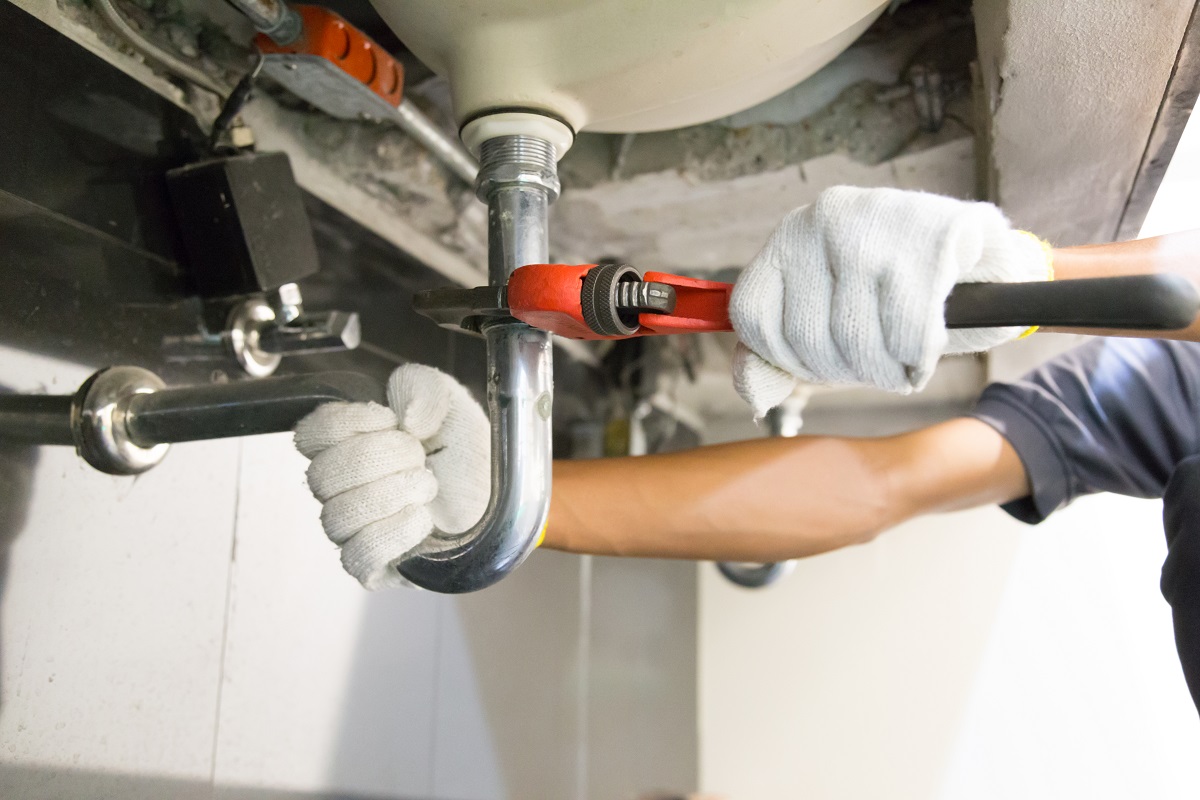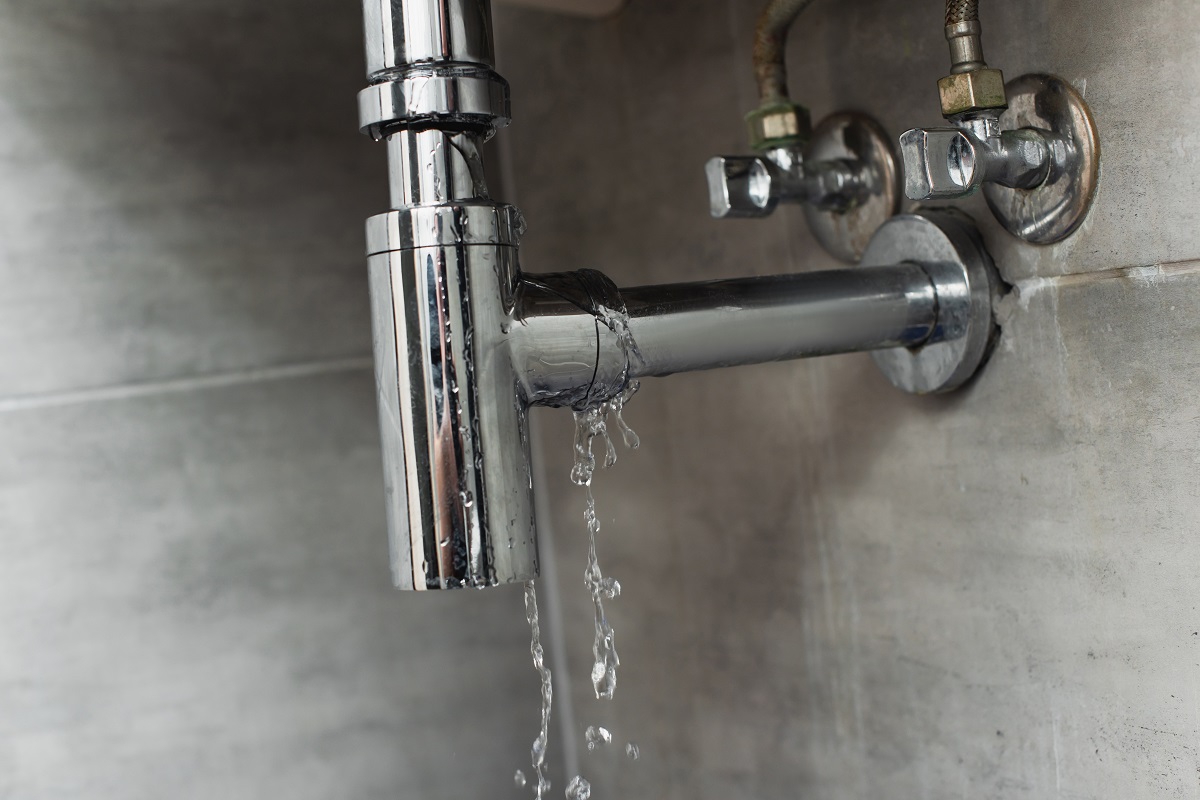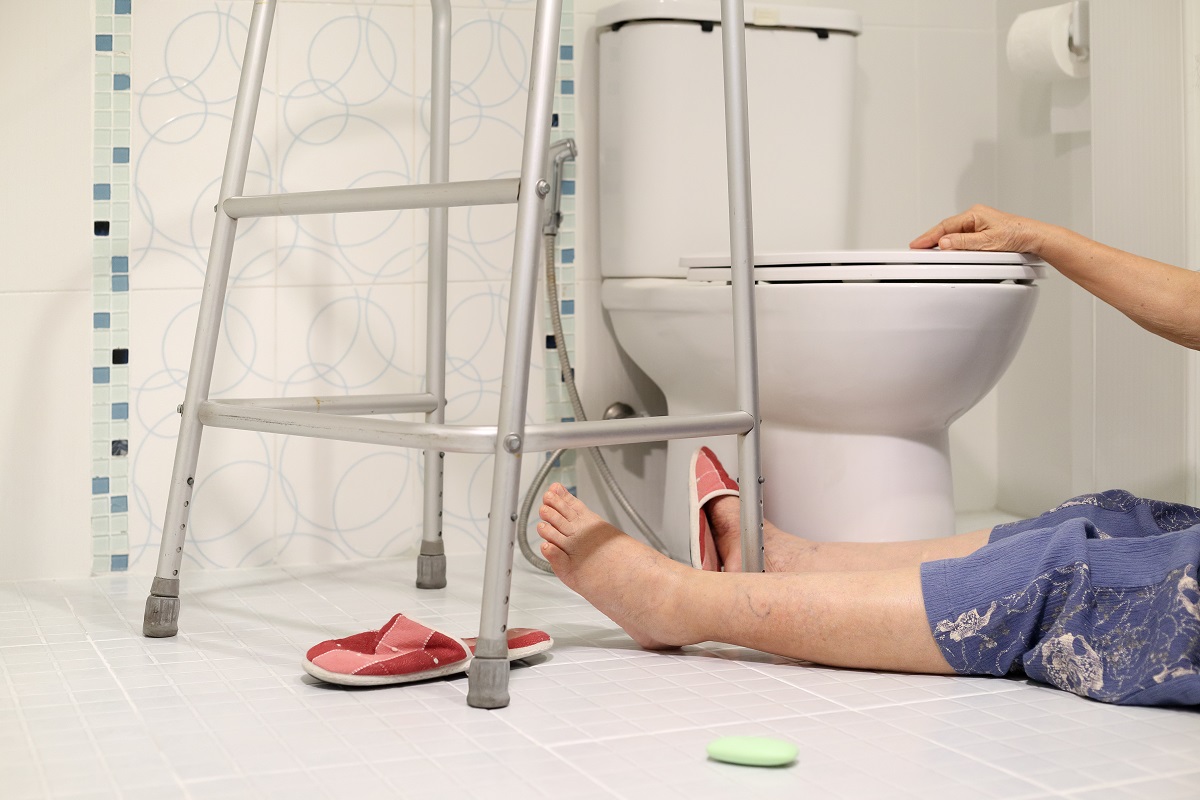
How to Fix Common Water Leak Problems
What are the most common water leak problems?
- Dripping tap
- Leaking overflow pipe
- Drainpipe leak
- Toilet inlet pipe leak
Leaking pipes are a homeowner’s worst nightmare. Undetected water leaks are responsible not only for gallons and gallons of water loss but also staggeringly high water utility bills. If you don’t want to experience any of the above, it’s crucial that you know how to fix water leaks as well as understand the signs to watch out for.
Some of the most common plumbing leaks that can happen at home are the following: dripping tap, leaking overflow pipe, toilet inlet pipe leak, drain pipe leak. Most leaks may seem insignificant in the beginning, but a lack of immediate action can cause a range of other issues.
Aside from potential corrosion, leaks may also damage different structures, such as floors, tiles, valves, pipes, and fittings. Understanding basic handy techniques will allow you to solve plumbing issues in the future, even without further assistance from a professional. Read on to learn more.
Dripping Tap
You’ve probably encountered a dripping tap in the past and tried to fix it by tightening the faucet handle. If the leak stops afterward, then you’re in luck — you simply need to remind yourself to turn off the tap after use in the future. But if the problem doesn’t stop there, then you’ll need to gather a few tools, make inspections, and conduct adjustments in your plumbing.
To fix a dripping tap, you’ll need the following tools:
- Adjustable tap wrench
- Phillips or cross-head screwdriver
- Cartridge replacement (for a ceramic disk tap)
- Tap lubricant
- First, you’ll need to shut off the water supply provided by your main water line. Using the screwdriver, remove the knobs and the tap handle. In some cases, you may simply just lift off this part with your bare hands, but you may also use a flathead screwdriver for assistance.
- Apply lubricant on the same in order to loosen the faucet handle and inspect for any damages. If you spot breakage on the O-ring, you may need to replace it or tighten it if it’s simply loose.
- Reassemble all the loose parts and secure them to the entire faucet system. Turn on your waterline once again and then check to see if the dripping has stopped.
Leaking Overflow Pipe

If you have any water storage systems in your home, such as a boiler, septic tank, or cistern, you may encounter a leaking overflow pipe. This is the part that’s responsible for keeping water down to the idea level, especially when water in these storage systems is beyond the tank’s capacity. When there’s a problem with your overflow pipe, water or waste fluid in the tank can spill over and pool in the surroundings. Here’s how to fix the issue:
- As soon as you spot any leaks, make sure that you identify the source of the overflow.
- Next, you’ll want to inspect the float valve — if you can hear water continuously rushing inside, then this valve could be stuck. Lift the device and free it up. If there are any perforations on the plastic ball, have it replaced as soon as possible.
- After replacing the float valve, see if the leak still persists. If it does, then you’ll need to replace the washer. They may loosen up over time due to wear and tear and may be unsecured from the valve.
Drainpipe Leak
Sometimes, pipe leaks may be caused by poor installation. For example, pipes that are too small and do not meet the pressure requirements for plumbing may be prone to occasional leaks, bursts, or even physical damage. This is a common occurrence in newly-installed kitchen sinks, especially if not done by an experienced plumber.
However, minor drain pipe leaks may also be caused by loosely-screwed compression nuts. In this case, the problem can be easily fixed by using a pipe wrench or a spanner to secure the part. Replacing the compression nut may also be a good idea, especially if you spot any signs of wear and tear, corrosion, or damaged areas.
While reactive solutions can fix the most common pipe drain issues, taking preventive action is always better. For example, when installing your pipes, make sure that you use only durable materials and the right tools so that all fittings, valves, bolts, nuts, and screws are tightly secured.
Toilet Inlet Pipe Leak

Aside from a floating valve issue, leaks in your bathroom can also be caused by issues with the inlet pipe. The leak usually starts off a small pool of water around the toilet bowl. The pool of water can be caused by a nearby water spill in the bathroom, but once you’ve ruled out this problem, you need to inspect the inlet pipe.
In many cases, loose fittings are the culprit for this type of leak. You can simply fix it by getting a wrench and tightening the fittings around the inlet. Once again, if the issue persists, then you’ll need to check the rubber washers. Wear and tear can prevent them from functioning properly, which is why you’ll need to replace them to stop the inlet leak.
Key Takeaway
Water leaks can lead to a number of issues in your home. Aside from a costly electricity bill, unattended leaks can cause water damage to the surrounding structures in your building. To ensure that you’re prepared for such situations, learn how to fix water leaks, how to identify them, and how to prevent them from happening in the future.
In this guide, we’ve listed some of the most common water leak issues, such as dripping tap, inlet pipe, overflow pipe, and drain pipe leaks. As much as possible you don’t want to put off fixing any leaks as soon as you spot them. Instead, attend to them immediately and ready yourself with the tools and potential replacement parts you need to remediate the issue.


